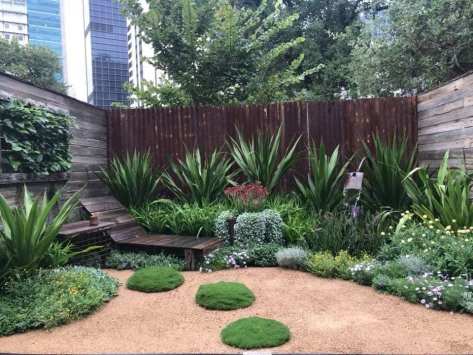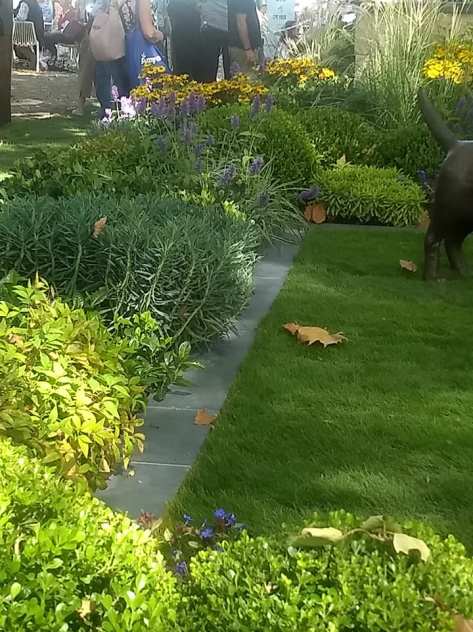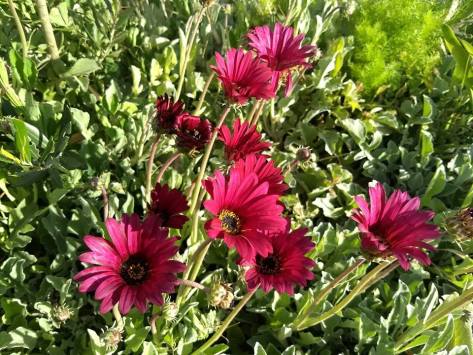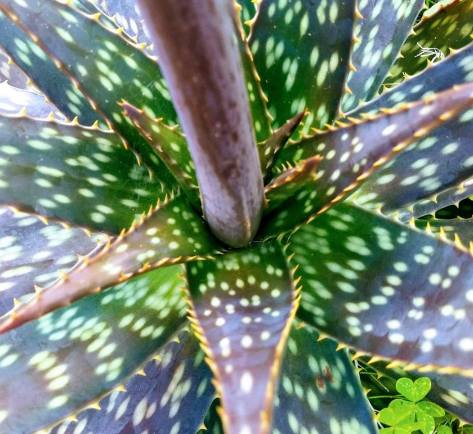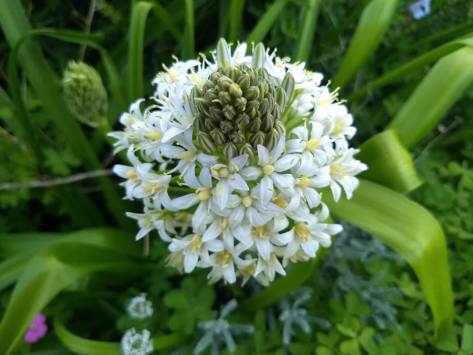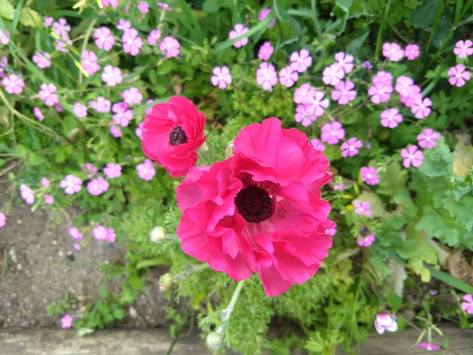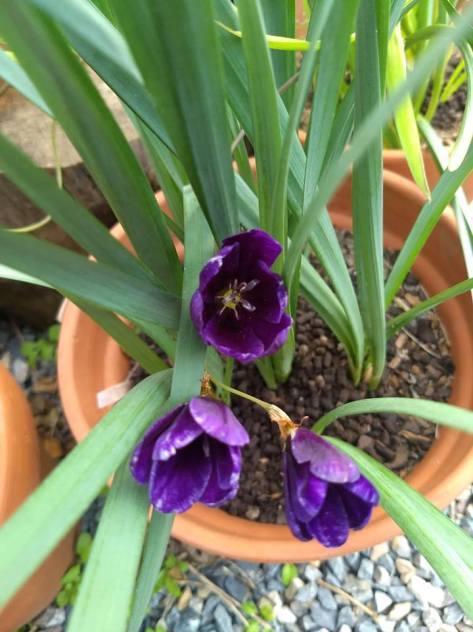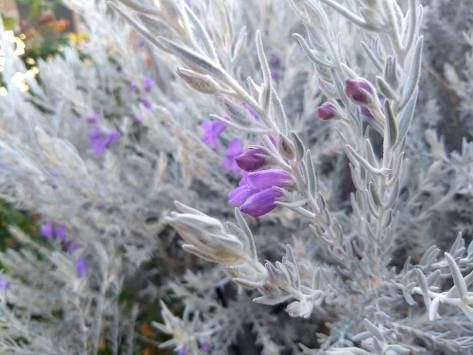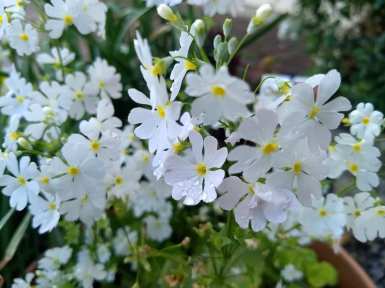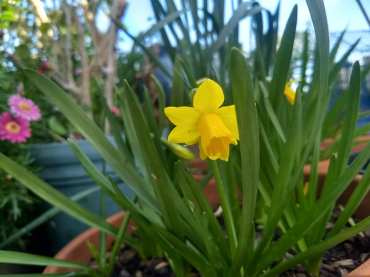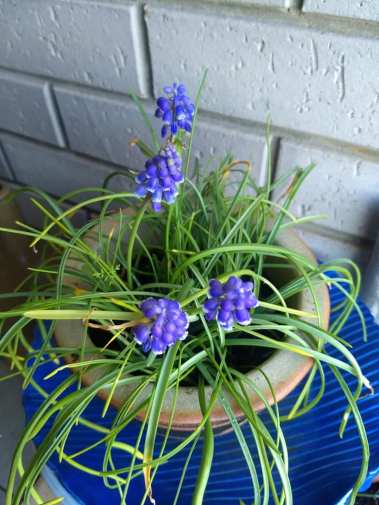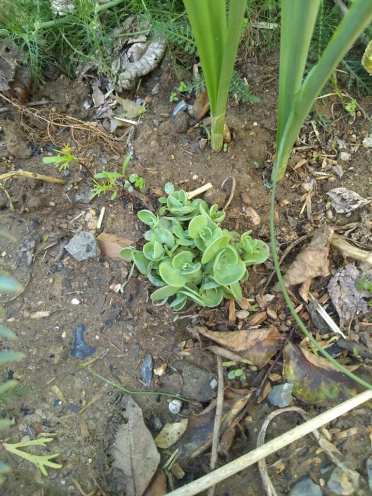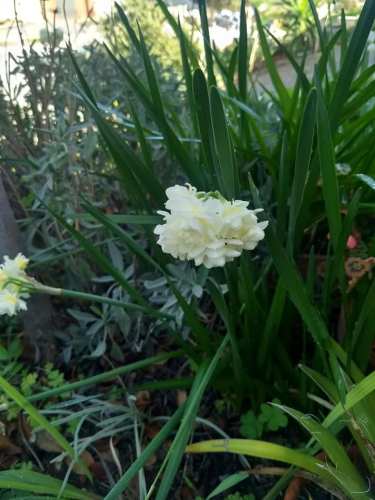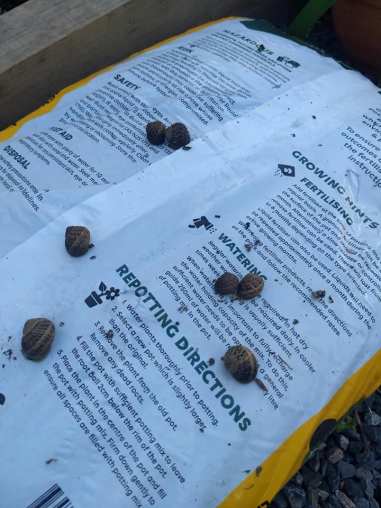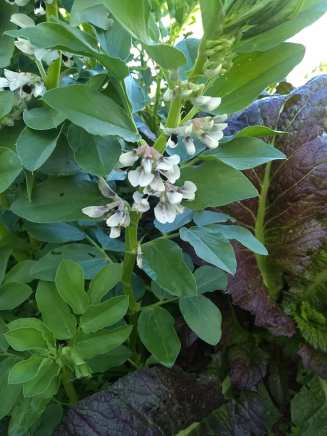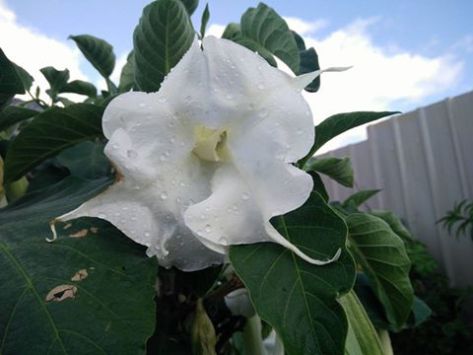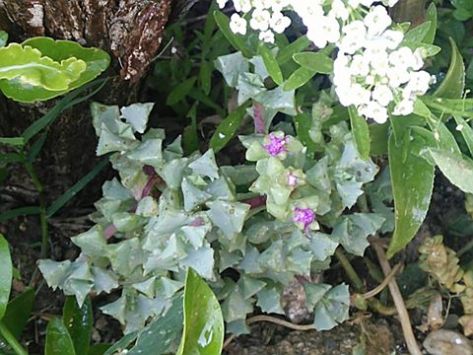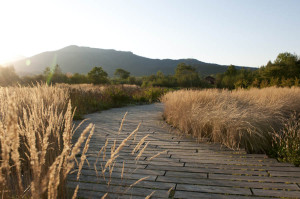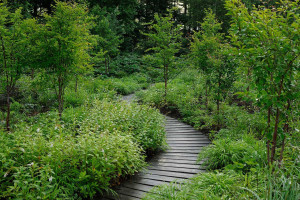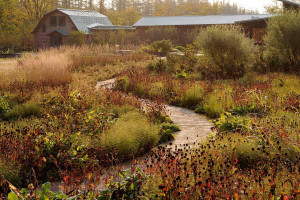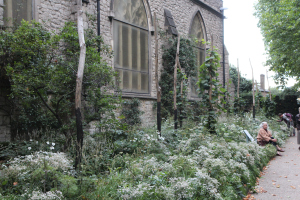It is that time of the year again when a gardener’s thoughts turn lightly to bare-rooted trees, as a future feast for both the senses and the body. The youngest was kind enough to indulge me with the first of the season’s garden gifts with nineteen trees, or was it twenty two? These include trios of flowering dogwood or Cornus and forest pansy or Cercis and a solitary Magnolia grandiflora or Southern bull bay. The others are trios of Chinese tallow, katsura, Japanese maple and some others I will need to go and check.
Why trios? Well, trees look good in odd numbers just like Ganesha statues or shirtless photos of Brad, Salman or Putin. Actually, scratch that last one. Trees generally look good in groups, being social things.
Of the new arrivals, I am especially looking forward to seeing autumn colour on the maples. But wait, there is more as the Sham wow guy says on television. The Katsura is famed for colour and a sweet perfume from its autumn leaves that is variously described as caramel, candy floss or brown sugar! Imagine, candy floss on the air and not on the hips.
The other one is the Chinese tallow, with its three lobed fruit enclosing nuts covered in pure white wax. The Chinese used to boil the covering away to make candles. After the wax has been removed the seeds are apparently used as purgatives in herbal medicine. I kid you not.
But the one I am looking forward to most is the M.grandiflora, the one with giant cup shaped white flowers and waxy leaves with brown felted undersides. These are the classic corsage flowers, loved by authors of Regency romances and couples walking in the Adelaide Botanic Gardens alike(there is a splendid tree there).They are the Scarletts of the plant world, showy, dramatic, delicate but strong.
Frankly my dears, as you may know by now, I give many a damn when it comes to plants. Now to find someone willing to keep a shirt on and dig some holes and heft a few sacks of compost and rock minerals about, while I sip on a refreshing minty julep or three.
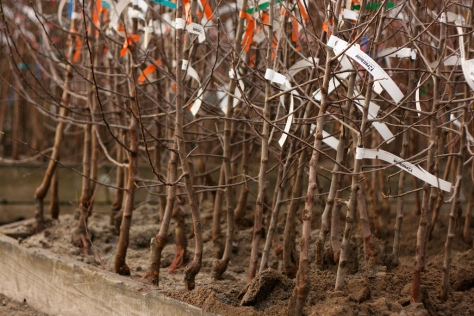
Photo: http://guildfordgardencentre.com.au/bare-rooted-trees/





